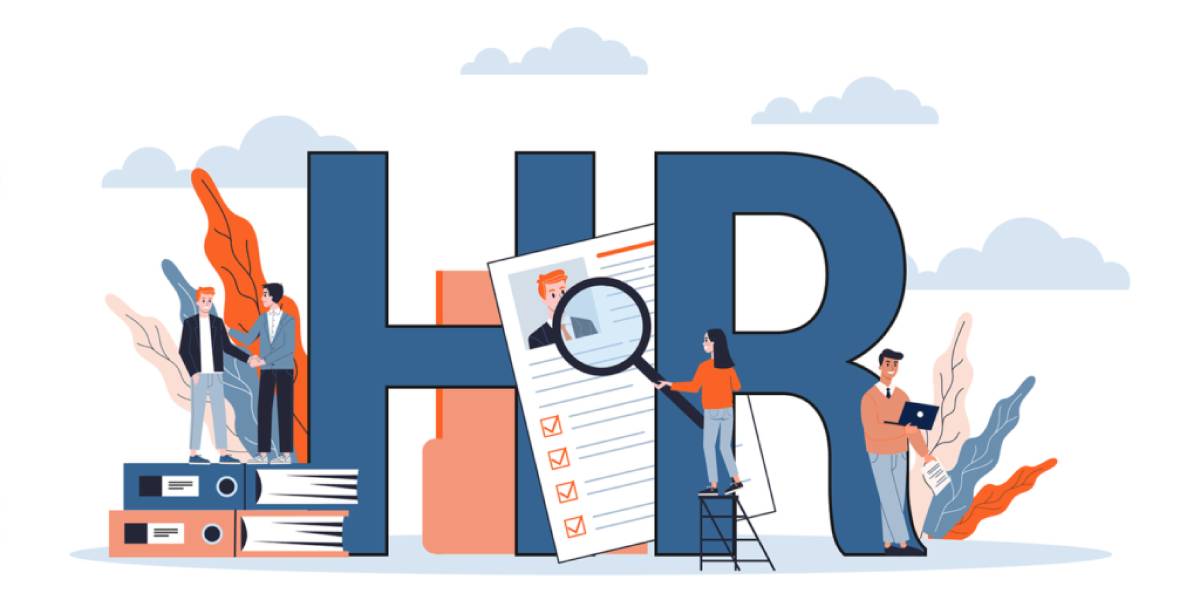The Delphi technique is a method to achieve decision-making when a group of people are assembled.
Here’s how it works: At first, all of the members of the group have their ideas or opinions about the specific subject. Thus, it is up to unspecified people to keep all their opinions secret and just sum up all of them without mentioning who said what. Immediately after, it is the group task for everyone to loop through the central thoughts and amend their point of view based on other people’s comments. The procedure continues as long as there is still a chance for an accord to be reached or the problem is clearly defined. It is like making a way to produce and disseminate thoughts exponentially without any member having the upper hand on the discussion by providing a common speechless platform for idea exchange.
Delphi Technique: Step-by-Step Guide
Select Participants:
Select a diverse group of experts or stakeholders who possess vast knowledge concerning the problem or subject in question. Participants should be chosen from the experts and from the ones who have related knowledge and views for this discussion.
Define the Problem or Topic:
You need to be unambiguous about what problem you plan to solve or a topic you want the community to comment on via the Delphi approach. Present the fundamentals, goals, and any key information that may determine the outcome of their participation.
Round 1 – Initial Survey:
-
- Make an inquiry as well as a survey on the particular problem or topic that you have prepared with the open questions. Such an initiative contains a shortlist of questions through which participants have to come up with their thoughts, values, or projections.
- Distribute the Questionnaire to the participants with a guarantee of anonymity. Participants could send their answers through a designated facilitator electronically, and these answers could be later collated and posted on a designated website.
Round 2 – Feedback and Iteration:
-
- All responses from the first round should be compiled and condensed without showing each identity.
- Based on that, one can suggest the capability to reproduce the results for everyone who participated in the survey. Participants take the aggregated feedback and come back to offer their own and the others’ input. They may refine or revise their initial opinions.
- Continue the process of collecting responses, aggregated summarizing, and sharing further until the desired convergence or consensus is achieved.
Analysis and Synthesis:
-
- Evaluate all the survey results from the previous round and make a summary of the prevalent themes, shared perspectives, and different opinions.
- Combine the results to draft a lucid summary of the opinions of the authorities by emphasizing important insights, main points of certainty, and the areas of uncertainty.
Report and Presentation:
-
- Prepare a final report or presentation documenting the outcomes of the Delphi process, including the problem statement, methodology, key findings, and recommendations.
- Share the report with stakeholders, decision-makers, or other relevant parties, providing them with valuable insights and informed recommendations based on expert consensus.
Follow-Up and Implementation:
-
- Monitor the implementation of recommendations or decisions derived from the Delphi process.
- Conduct follow-up assessments or evaluations to measure the effectiveness of decisions made and address any emerging issues or challenges.
Continuous Improvement:
-
- Reflect on the Delphi process and identify areas for improvement or refinement in future iterations.
- Solicit feedback from participants and stakeholders to enhance the effectiveness and efficiency of the Delphi technique for future applications.
Benefits of the Delphi Technique
- Brings together different expert opinions.
- Allows for the contribution of anonymous comments, fostering honesty.
- Helps eliminate the one-sided opinions of the participants.
- The face-to-face meetings are replaced by an approach that saves time and resources.
- Flexibility in the participation of experts from different countries is the main advantage.
- Enables consensus building in complicated decision-making processes.
- Facilitates involvement of a wide range of stakeholders.
- Allows improvement of views through iterative feedback loops.
- Decreases the impact of the dominant personalities in discussions.
- Helps to explore the uncertainties and emerging issues competently.
People also look for
What is Informal Communication? Types, Differences & Examples
What is Lateral Hiring? Meaning & Definition
What is Workforce? Meaning & Definition
What is Notice period: Meaning, Types, Tasks & FAQs
FAQs
The primary objective of the Delphi Technique is to gather and converge expert opinions to reach a group consensus on a specific issue, problem, or prediction.
Participants provide their input through successive rounds of questionnaires, ensuring anonymity to encourage open and unbiased feedback.
Key benefits include anonymity promoting honesty, consensus building, flexibility for international participation, and mitigating the influence of dominant individuals on the group’s decision.
Anonymity reduces the influence of dominant personalities, prevents bandwagon effects, and encourages participants to share honest opinions without fear of criticism.

